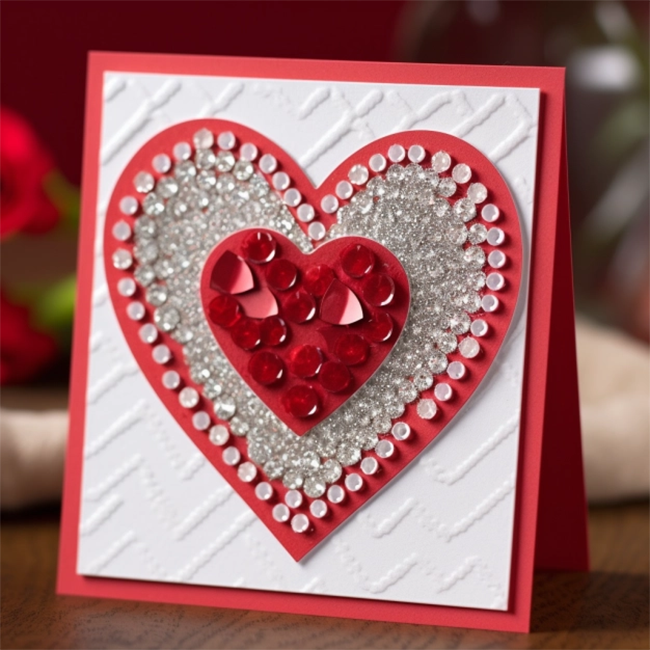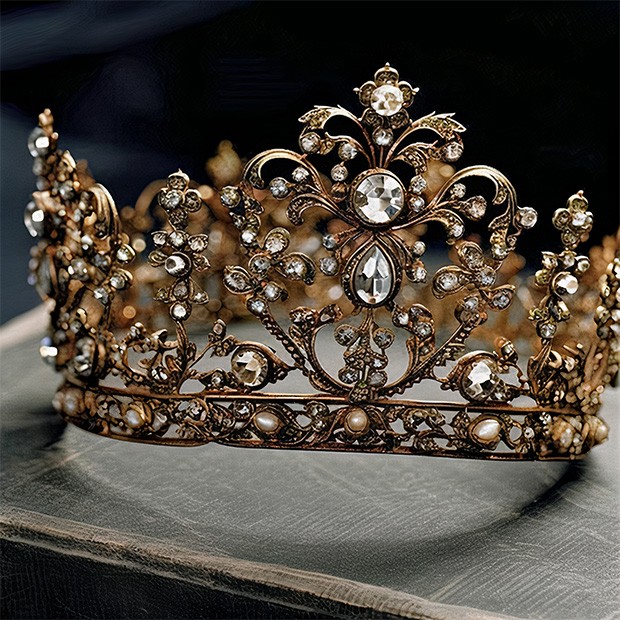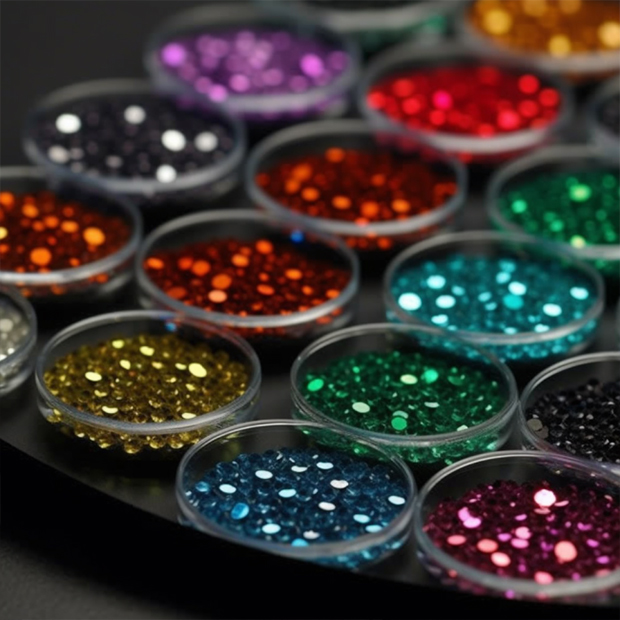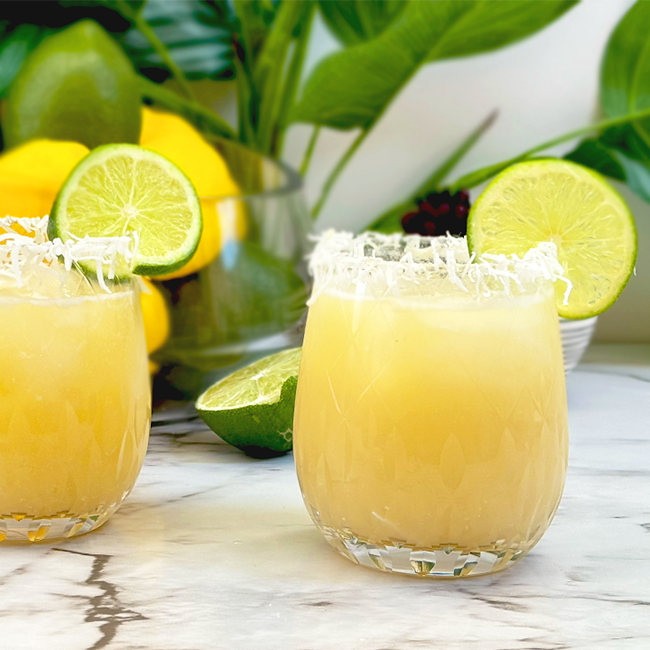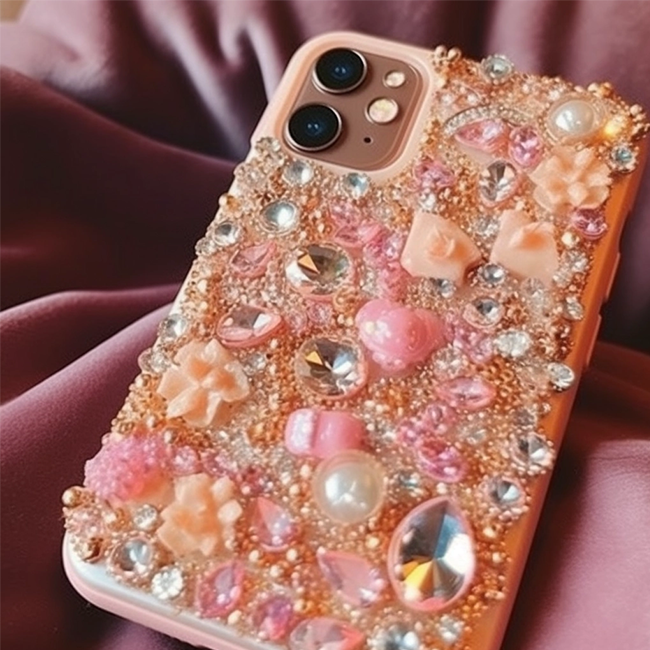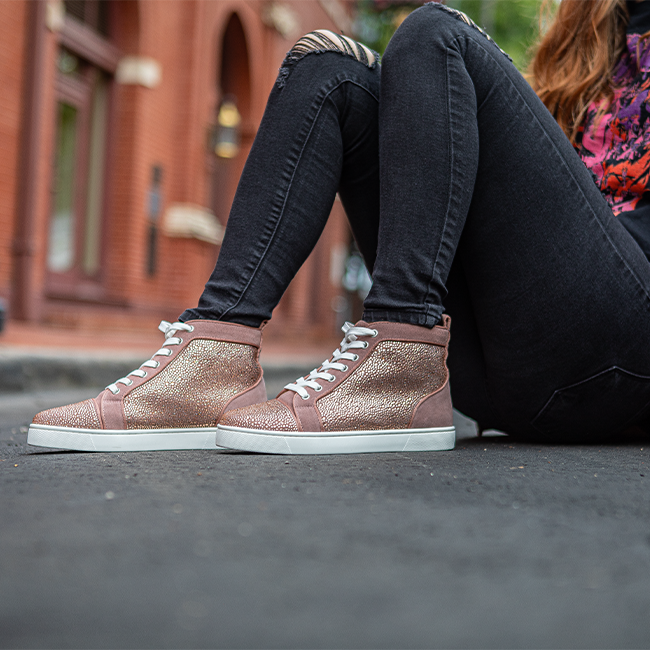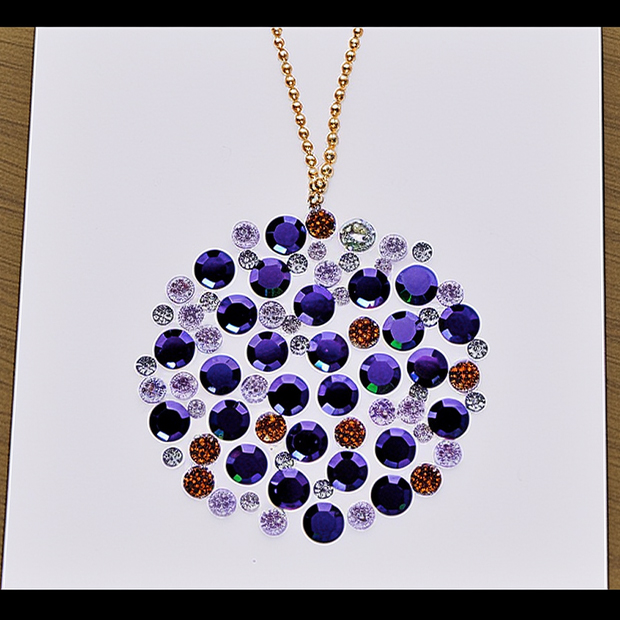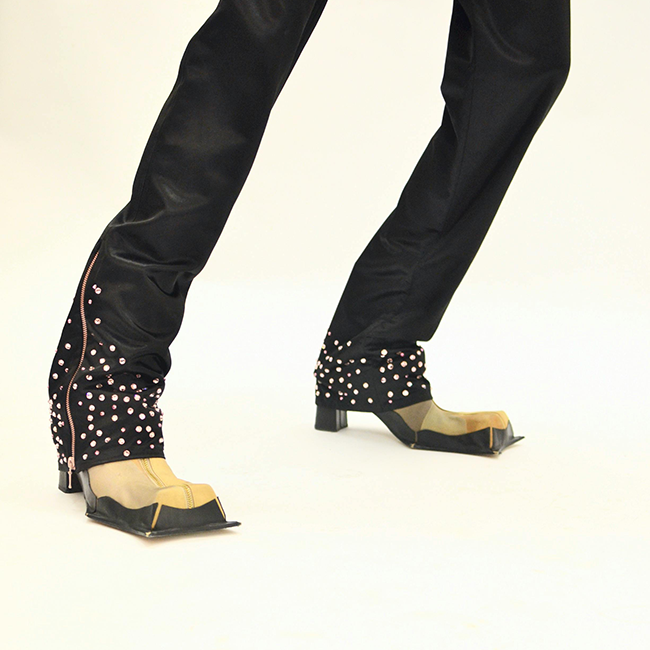How It's Made:
Rhinestones are dazzling gems that have been adorning clothing, jewelry, and various accessories for centuries. These shimmering stones have an allure that captivates the eye and adds a touch of glamor to any outfit. But have you ever wondered how rhinestones are made? In this article, we'll take you on a fascinating journey through the manufacturing process of these sparkling gems, from raw materials to their final dazzling form.
The Birth of Rhinestones: Raw Materials
Rhinestones, unlike natural gemstones, are typically man-made, often using materials such as glass, acrylic, or crystal. Let's explore the key materials used in their production:
Glass: Traditional rhinestones are crafted from glass, which is melted and cut into precise shapes before being coated to create their shimmering facets.
Acrylic: Acrylic rhinestones are lightweight and budget-friendly. They are molded into desired shapes and sizes and are known for their versatility.
Crystal: Premium rhinestones are made from crystal, a type of high-quality glass. Swarovski crystals, for instance, are renowned for their exceptional clarity and brilliance.
The Art of Cutting and Shaping
Once the raw materials are selected, the next step is to shape them into the desired forms. The manufacturing process involves precision cutting and shaping techniques:
Cutting: The raw materials are cut into specific shapes using specialized equipment. This step ensures uniformity in size and shape.
Faceting: To achieve the brilliant sparkle rhinestones are known for, they undergo faceting. Facets are tiny, flat surfaces cut onto the stone's surface that reflects light beautifully.
Adding the Sparkle: Coating
The signature sparkle of rhinestones comes from a coating applied to their surfaces. Various coatings can be used to achieve different effects:
Foiling: A thin layer of metal foil, often aluminum or silver, is applied to the back of the rhinestone. This reflective surface enhances the stone's brilliance by bouncing light back through the facets.
Aurora Borealis (AB) Coating: AB coating is a special treatment that adds a rainbow-like shimmer to the stone's surface, creating a captivating play of colors.
Metallic Coatings: Other metallic coatings can be applied to change the color and effect of the rhinestone, offering a wide range of design possibilities.
Quality Control: Ensuring Perfection
The production of rhinestones involves rigorous quality control measures to ensure that each stone meets the desired standards:
Size and Shape Consistency: Every rhinestone is inspected to ensure it matches the specified size and shape.
Clarity and Brilliance: The faceting and coating process is closely monitored to maintain the stone's clarity and brilliance.
Color Matching: For stones with specific colors, the hues must be consistent within a batch.
Packaging and Distribution
Once the rhinestones pass quality control, they are sorted, packaged, and distributed to manufacturers, designers, and retailers around the world. They are then used to create a wide range of products, from clothing and jewelry to accessories and home decor.
A Shining Legacy
The journey of how rhinestones are made is a testament to the craftsmanship and artistry behind these sparkling gems. From humble raw materials to their transformation into radiant, shimmering stones, rhinestones have a rich history and continue to add elegance and glamor to the world of fashion and design. The next time you admire a piece adorned with rhinestones, you'll have a deeper appreciation for the intricate process that brings these dazzling gems to life.


